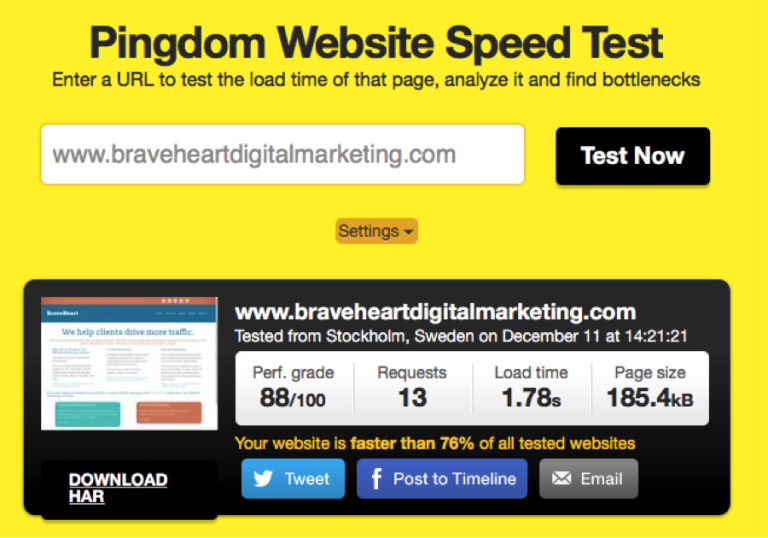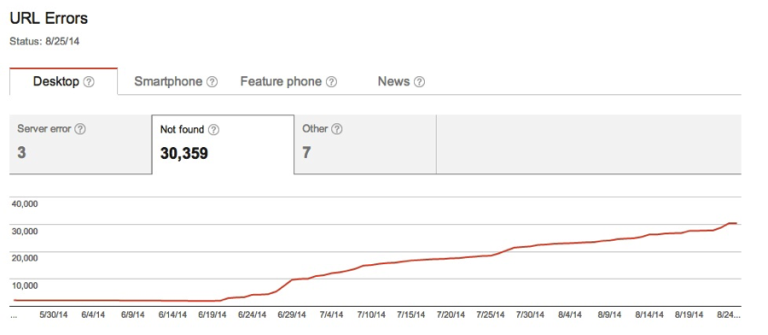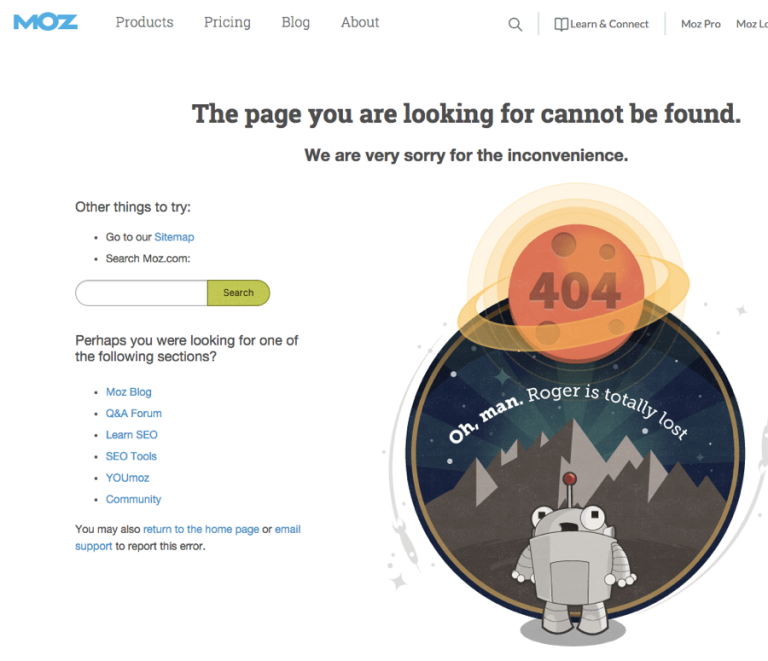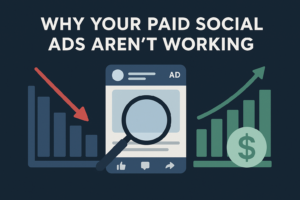Are Your Outdated SEO Tactics Costing You Traffic?

1. Thin Content
An often-used SEO tactic was to focus on one keyword per page. So, if you sold widgets for example you might have the following pages:
● Widgets Main Page
● Blue Widgets
● Red Widgets
● Yellow Widgets
● Black Widgets
Often the only difference between the pages for Blue Widgets and Red Widgets were that one page contained the phrase “Blue Widgets” and the other contained the phrase “Red Widgets.”
Starting with the panda update, Google now emphasizes themes instead of keywords. Instead of having all those sub-widget pages, what Google is looking for is one main widgets page. Google’s algorithms are smart enough to understand that if you have a widgets page talking about the availability of various colors, then “blue widgets” and “red widgets” are key phrases that are related to that page.
I see pages today that rank and drive traffic for hundreds of keywords with many of the hundreds not actually on the page but related to the content of that page.

For example, according to SEMRush, this page on the L’Oreal website ranks for 4,400 different keywords.
As the L’Oreal page shows, it’s not necessary to flush a page with a multitude of keywords or have a multitude pages for variations of the same product. One page thematically appropriate can rev the right traffic from Google.
Thin or duplicate pages are one of the biggest reasons I see for declining search engine traffic. If you are retaining any of these types of pages on your site, now is the time to update and show Google that your site is worth a high ranking.
2. Page Speed
For years, website owners never paid much attention to website speed. Flash, slideshows, video, and parallax scrolling were all added to websites to make them more closely resemble magazines and TV shows.
But in 2014/15 Google made it clear that bloated and slow loading websites created a bad user experience, and page speed became a larger component in Google’s ranking algorithm, especially when it comes to mobile.
A slow loading page increases your bounce rate and lowers your organic rankings, resulting in less search traffic. How fast does your page load?

Check the speed of your website here . Does your website load in under 2 seconds?
3. Broken Links and Error Pages
A 404 or not found error is when a user (or search engine) clicks a link and lands on a page that no longer exists.
From a search engine perspective, 404 errors are wasted resources. But more importantly I have seen websites, like the one below, experience a significant decrease in search engine traffic after a jump in 404 errors.

And that makes sense. If you are Google and you keep crawling a website and finding pages that no longer exist, why would you put that site high up on the search results page?
The longer a website has been up the more likely they are to have broken links. And that is because over time employees come and go and product changes and website redesigns alter the URL structure. Have you experienced any of these over the last couple of years? If the answer is yes, what happened to those webpages?
Even on the best optimized website, users end up on pages that no longer exist. The key to a good user experience then is a useful 404 page.
Four ways to create a useful 404 page are:
● Tell visitors clearly that the page they’re looking for can’t be found
● Use language that is friendly and inviting
● Make sure your 404 page uses the same look and feel (including navigation) as the rest of your site
● Consider adding links to your most popular articles or posts, as well as a link to your site’s homepage as Moz has below:

Recent Posts

Paid Social Media ROAS
Why Your Paid Social Media Ads Aren’t Delivering ROAS—And How to Fix It You’ve invested in paid social media advertising. You’ve committed budget, time, and

Search Visibility
How to Improve Search Visibility and Drive More Organic Traffic For many businesses, low search visibility is a persistent challenge that directly impacts their ability

Generative Engine Optimization (GEO)
Generative Engine Optimization (GEO): The Future of Search and How It Differs from SEO As digital marketing continues to evolve, search is undergoing a radical

Best Practices for Building a Brand Presence on YouTube
Updated Best Practices for Building a Brand Presence on YouTube (2025) YouTube continues to be a dominant platform for video content, offering businesses unparalleled opportunities

Best Practices for Building a Brand Presence on Instagram
Best Practices for Building a Brand Presence on Instagram (2025) Instagram continues to dominate as a platform for visual storytelling, brand development, and audience engagement.

Social Media Strategies
10 Proven Social Media Strategies to Dominate in 2025 In the dynamic landscape of 2025, mastering social media requires a strategic approach tailored to evolving